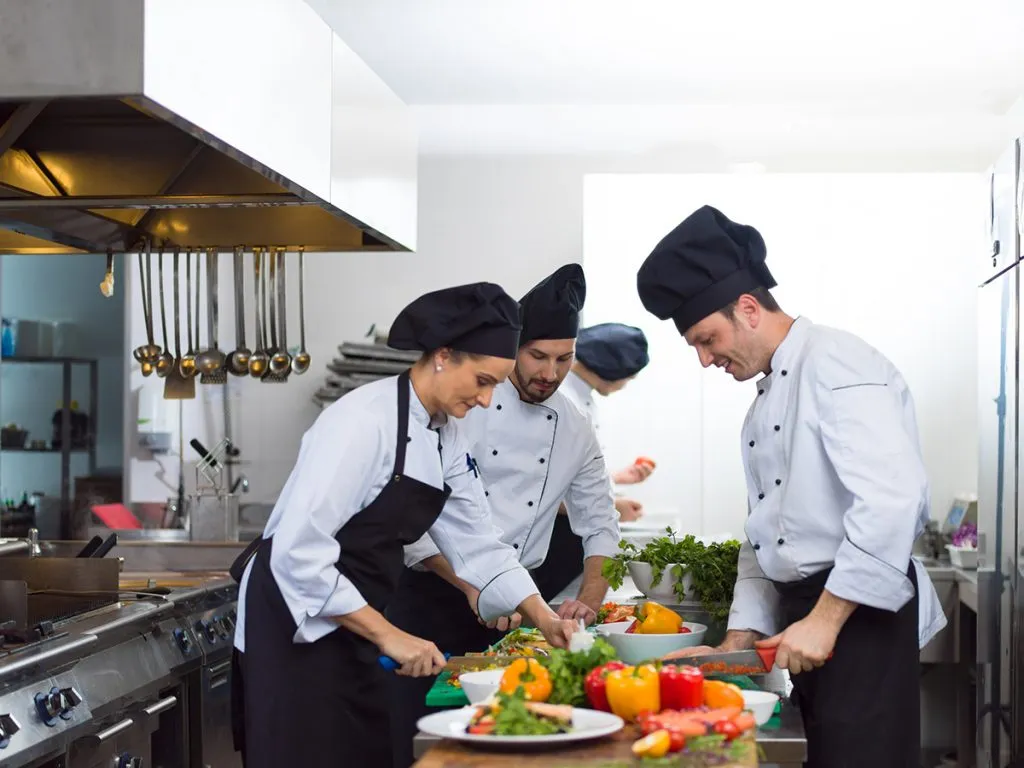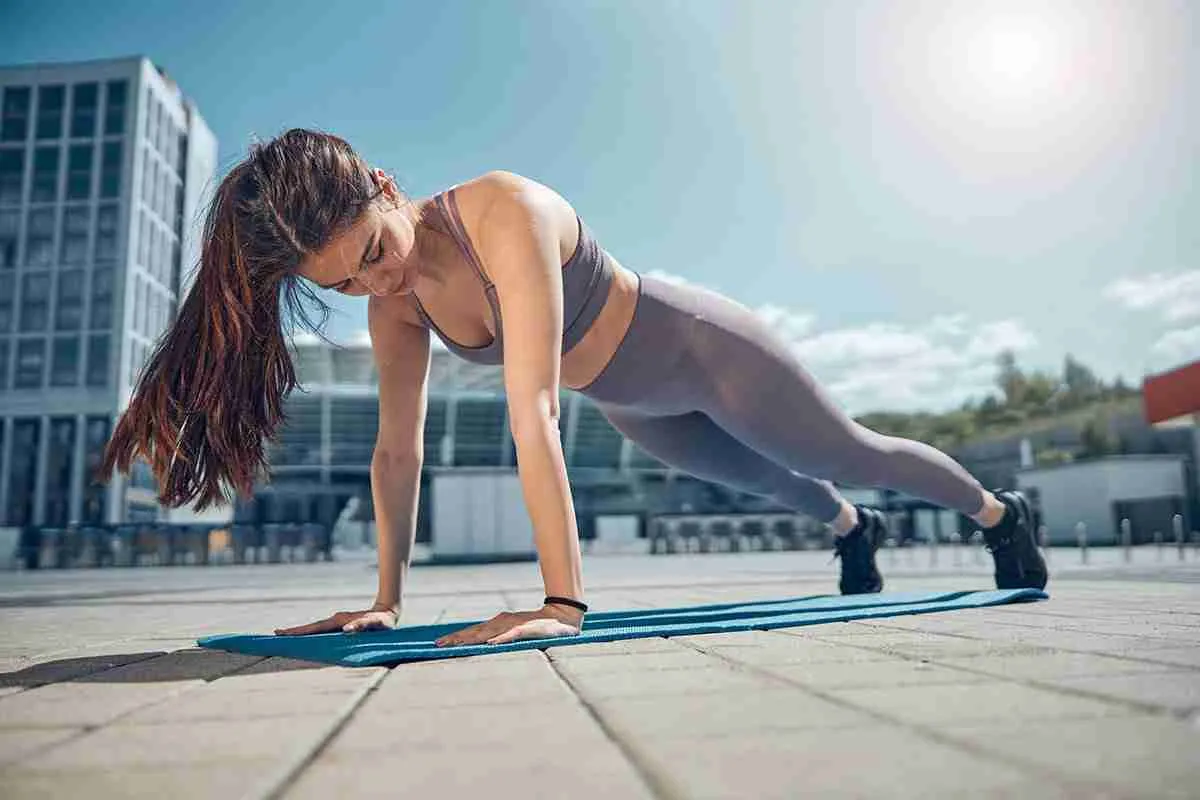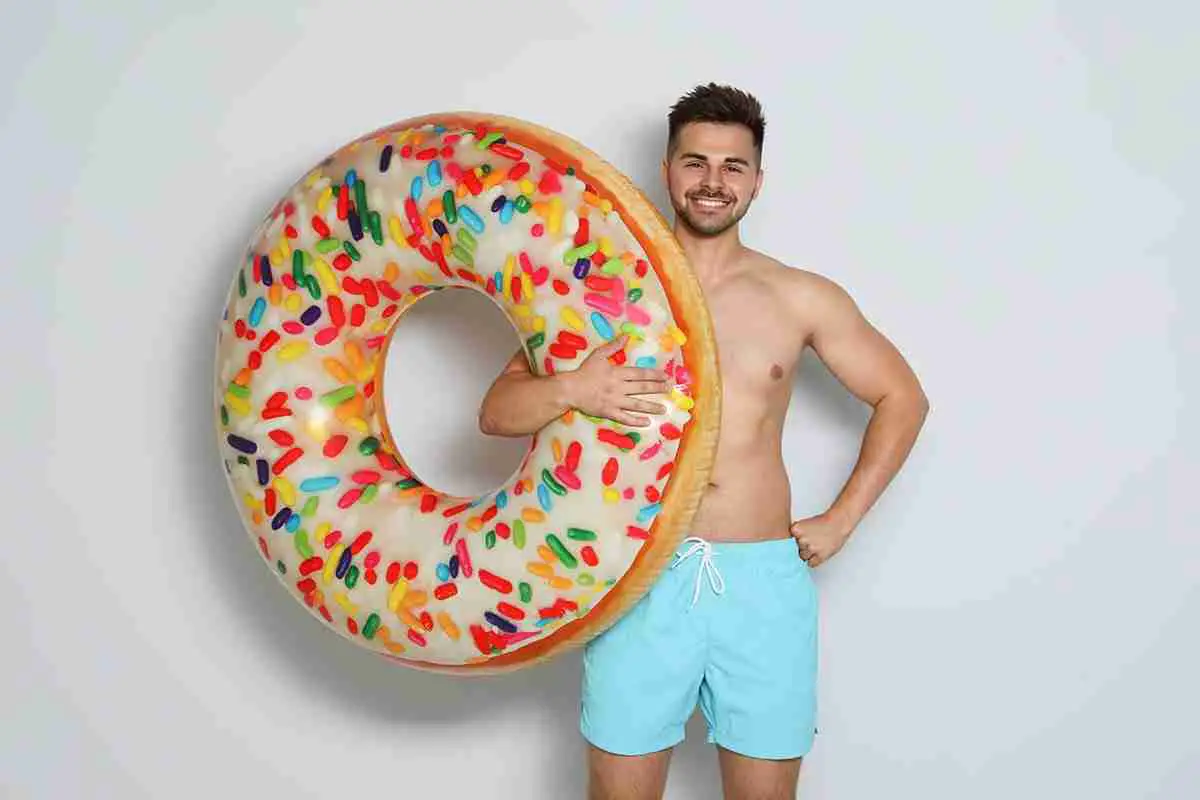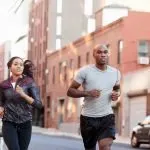A commercial kitchen is a place you have to share with other chefs, caterers, or bakers. As such, you may wonder if you can wear specific garments—such as shorts—in the area.
You shouldn’t wear shorts in a commercial kitchen because you’ll risk getting your legs exposed to burns or cuts. Shorts also have loose hems that may get trapped in machines, or worse, catch fire. Likewise, wearing shorts can make you seem ‘unprofessional’ by other commercial kitchen chefs.
Below, you’ll learn more about these reasons and what you should wear to a commercial kitchen. Keep reading.
Wearing Shorts in a Commercial Kitchen Is Inappropriate
Sure, commercial kitchens are often sweltering with all the ranges, and ovens turned on. The heat is explicitly worse, especially during the summer months.
That said, this scenario is no excuse for you to wear shorts (or skirts, for that matter) in a commercial kitchen.
Given the many hazards lurking in every kitchen, it’s a safety issue.
According to the Occupational Safety and Health Administration (OSHA):
“The degree of exposure to restaurant kitchen hazards depends on, among other factors… the characteristics of the employee’s clothing.”
In other words, the greater amount of skin exposed (as is the case with shorts), the higher the chances of injury, such as a burn.
You may get burned after being splashed by hot liquids. There also may be knives or other sharp objects lying around that may cut your legs.
Another issue that affects the shorts is the loose hems. Unlike tight-fitting pants, they could be trapped in a machine. Worse, they could catch fire and lead to nasty burns.
Lastly, some view shorts to be unprofessional. You’ll be working with many people in a commercial kitchen, and you wouldn’t want them to see your uniform as disreputable.
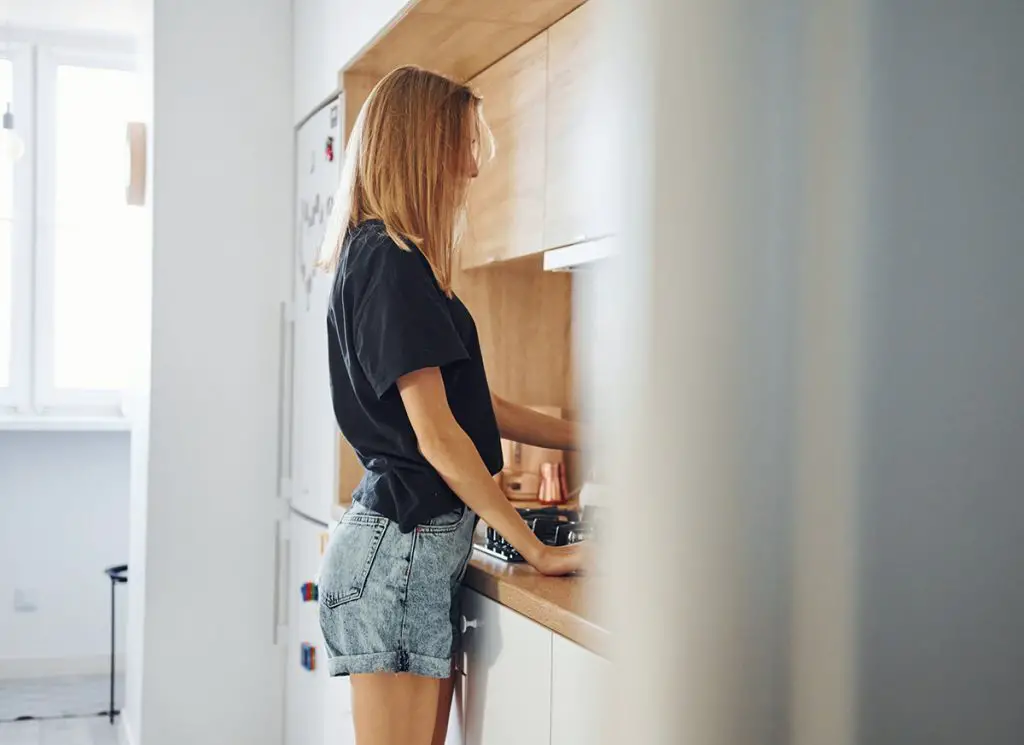
Tips on Dressing Up for a Commercial Kitchen
Instead of shorts, you should wear long bottoms such as Natural Uniforms Cotton Pants. This fabric comes with a woven pattern, making it resistant to cuts and scrapes. You’ll love these pants since they’re made of 100% cotton, meaning they’re breathable.
On top of your pants, OSHA also recommends wearing the appropriate kitchen garments, as discussed below:
Wear Long-Sleeved Cotton Shirt
Like cotton pants, a Russell Athletic Cotton Shirt is more impervious to sharp objects. That means it can protect you from cuts and scrapes, which could happen every time you reach out for something.
It can also protect your arms from burns, which could quickly happen if you were wearing a short-sleeved shirt in the kitchen.
Put on an Apron for Extra Protection
An apron is an added layer of protection. And, if home cooks wear this, the more you should wear it in a commercial kitchen.
It’ll help keep your uniform soil-free, given all the scalding liquids splashing around.
The pockets will also come in handy for non-sharp items you use frequently.
More importantly, wearing an apron can prevent food contamination.
If you wore your long-sleeved cotton shirt and pants during your commute (you shouldn’t, though), the apron can ‘shield’ the food from being contaminated.
Just think of the dirt and debris you might have picked up along the way.
When it comes to apron choices, a disposable one is best if you want something you could easily throw away.
But if you prefer the Caldo Chef Apron—since they’re thicker and more protective—then make sure to change it frequently. This is especially the case whenever you leave the kitchen.
- Related Article: 11 Jobs That Allow Wearing Shorts and 9 That Don’t – Ultimate Guide
Carry Along a Neckerchief To Help You Stay Cool
As mentioned, kitchens can be hot. It can cause you to sweat, which may contaminate the food if you’re not careful.
As such, it’s recommended that you wear a neckerchief as well. Not only will it keep you cool, but it can also help wick the sweat away.
For example, you can use it to wipe your face or brow, effectively preventing your sweat from dripping to the food you’re preparing.
Wear a Chef’s Hat To Prevent Sweat From Dripping
Just like the neckerchief, a chef’s hat can absorb sweat and prevent it from dripping.
Additionally, it can also keep your hair from contaminating the food. In some kitchens, it can help with identifying the staff ranks.
Currently, there are a variety of chef hat styles:
- Toque: Often seen in hotels, its height refers to position (the higher it is, the more senior the wearer is in the kitchen brigade system).
- Caps: This option, which is light and breathable, is often used in bakeries and food production units.
- Skull caps: This lightweight chef’s hat is often seen on the heads of junior chefs.
- Baseball caps: This casual hat is often seen in fast food joints and steak houses.
- Catering hats: As the name suggests, this mesh trilby is used by caterers and large production units.
- Beanie hats: These hats are durable and light. They often come with velcro tape for a snugger fit.
- Bandanas or wraps: This hat can help keep hair neat and tied back, especially the long strands.
Wear Sturdy, Slip-Resistant Footwear To Stay Safe on Slippery Floors
Commercial kitchens are often ridden with wet, slippery floors; that’s why you need to wear sturdy, slip-resistant footwear within the premises.
Avoid canvas or open-toed ones, for they can’t protect your feet from hot liquid splashes or spills.
As you may need to stand in the kitchen for a long time, it would be more comfortable for you to wear shoes with well-cushioned instep and soles.
Put On Hand Protection To Avoid Cuts, Burns, and Scratches
Apart from protecting your entire body, you should keep your hand safe as well. The best way to do so is to wear hand protection that suits your activity or scenario.
For example, if you’re handling hot items, you should wear mitts or use potholders.
If you plan on getting from a deep oven, then wear long gloves instead of the usual short ones.
Should you need to cut something, it’s best to wear Kevlar gloves or use a steel mesh.

Final Thoughts
While you may be tempted to wear shorts in a commercial kitchen, you shouldn’t. It’s a matter of safety, for you may get burnt or cut in the kitchen.
It looks unprofessional to some, too.
Instead, you should wear long cotton pants, alongside the following:
- Long-sleeved cotton shirt
- Apron
- Neckerchief
- Chef’s hat
- Hand protection
- Sturdy, slip-resistant shoes
What To Read Next:
